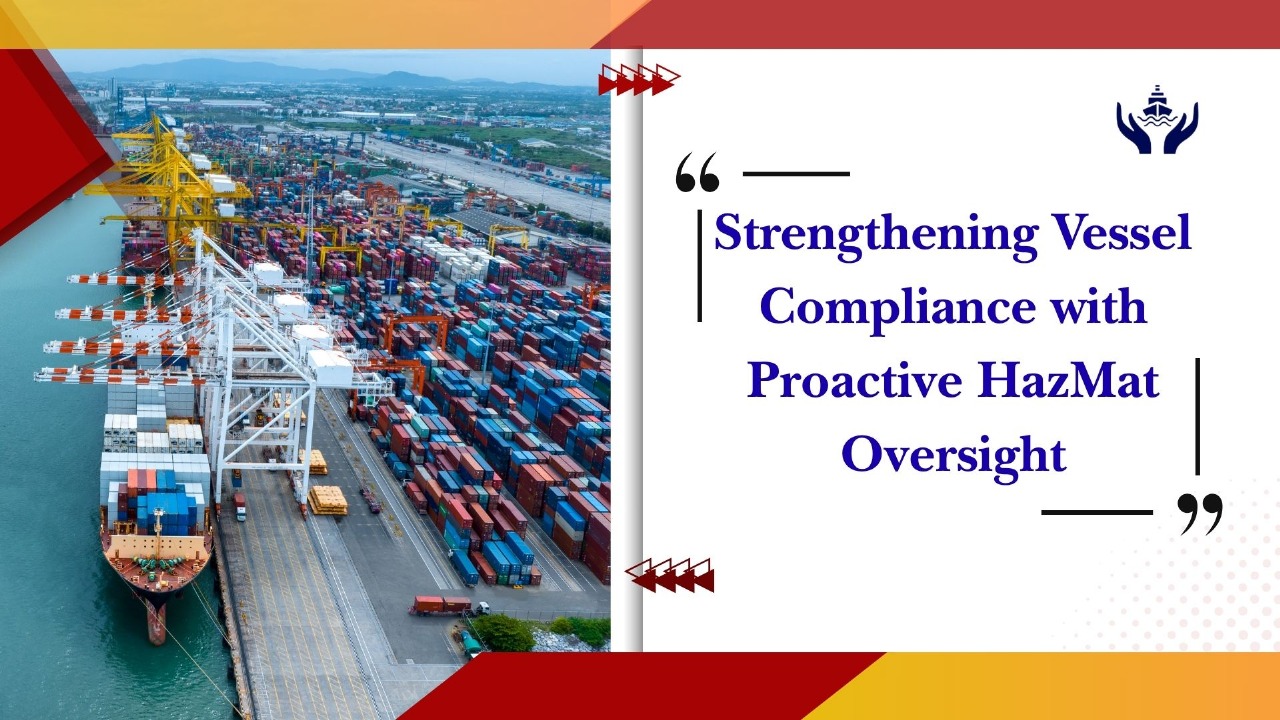
⚓Strengthening Vessel Compliance with Proactive HazMat Oversight
⚠️ Is Your Shipyard HazMat-Compliant?
🚢Critical Compliance Challenge
Dry docking is essential for enhancing vessel performance—but it's also one of the riskiest periods for IHM compliance. Every pipe replacement, gasket change, or new paint layer could introduce hazardous materials. If these aren't documented in your Inventory of Hazardous Materials (IHM), you're exposed to serious regulatory and operational risks.
🛠️High-Risk Phase
Think of dry dock like surgery for your vessel. Would you skip updating the patient's medical record after the operation? During dry dock, new materials are brought onboard, old ones removed, and documentation is often missed or delayed, making your IHM outdated before the vessel even leaves the yard.
🧩 Shipyards Prioritize Repairs—Not Compliance
⚙️Technical Focus
Shipyards excel at meeting deadlines and managing technical tasks—but HazMat compliance isn't their domain.
📦Unverified Materials
Without IHM oversight, unverified materials are accepted without checks, SDoCs or MDs are missing or incomplete, and new parts are installed with no hazard screening.
🔗Weakest Link
Remember: Your IHM is only as strong as its weakest link—and often, it's untracked.
⚓ Don't Let Dry Dock Become a Compliance Nightmare
In today's highly regulated maritime environment, a non-compliant IHM isn't just a paperwork issue—it's a commercial liability. Avoid last-minute scrambles, inspection failures, and reputational hits by preparing smarter.
📧 Planning a dry dock?
We'll ensure your IHM compliance stays watertight—before, during, and after dry dock.
📚 References/Citations
📖EU Ship Recycling Regulation
EU Ship Recycling Regulation (EU SRR) No 1257/2013
🌐IMO Hong Kong Convention
IMO Hong Kong Convention Text